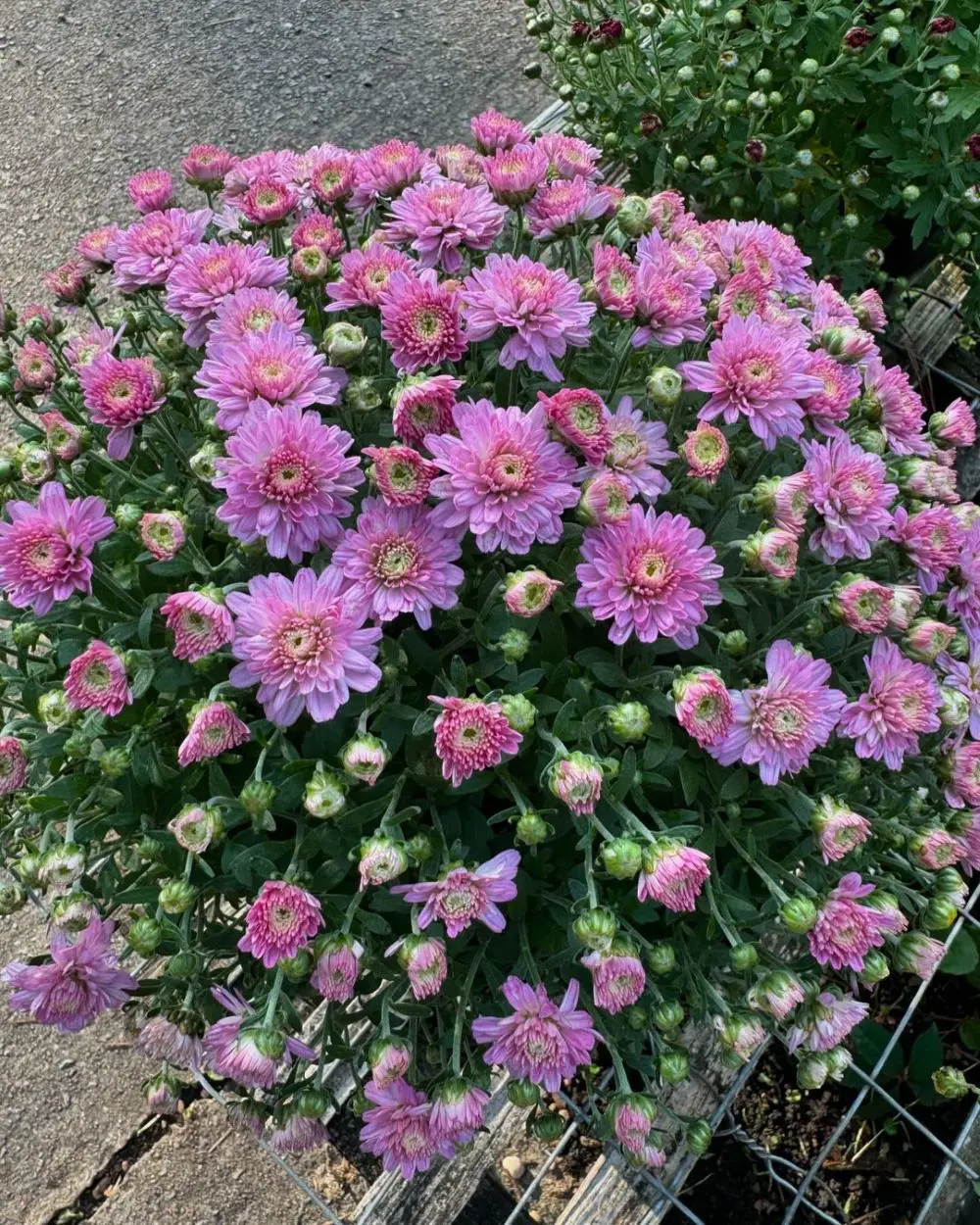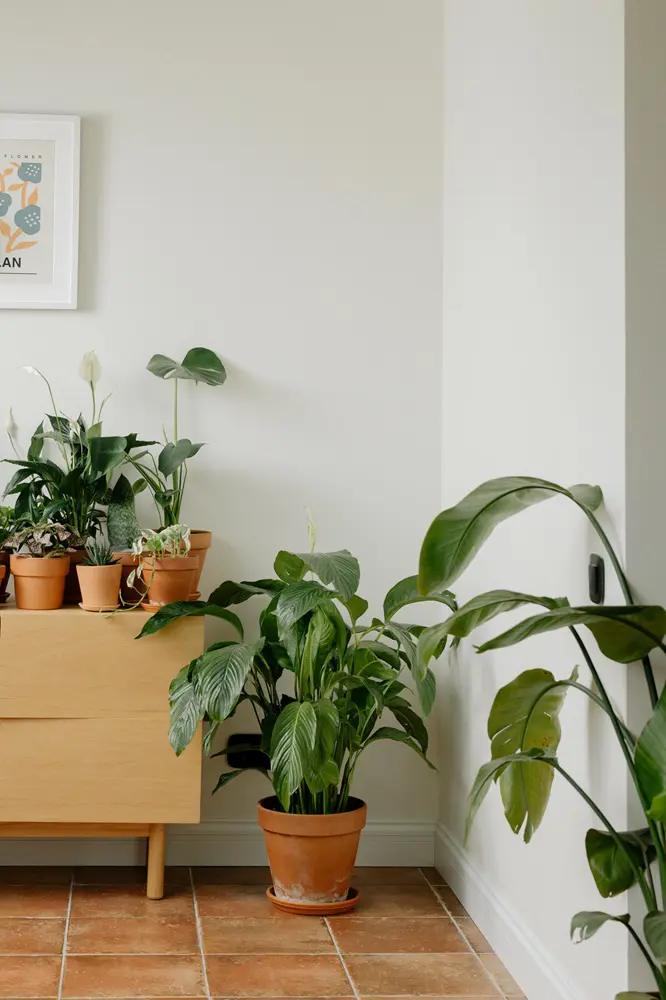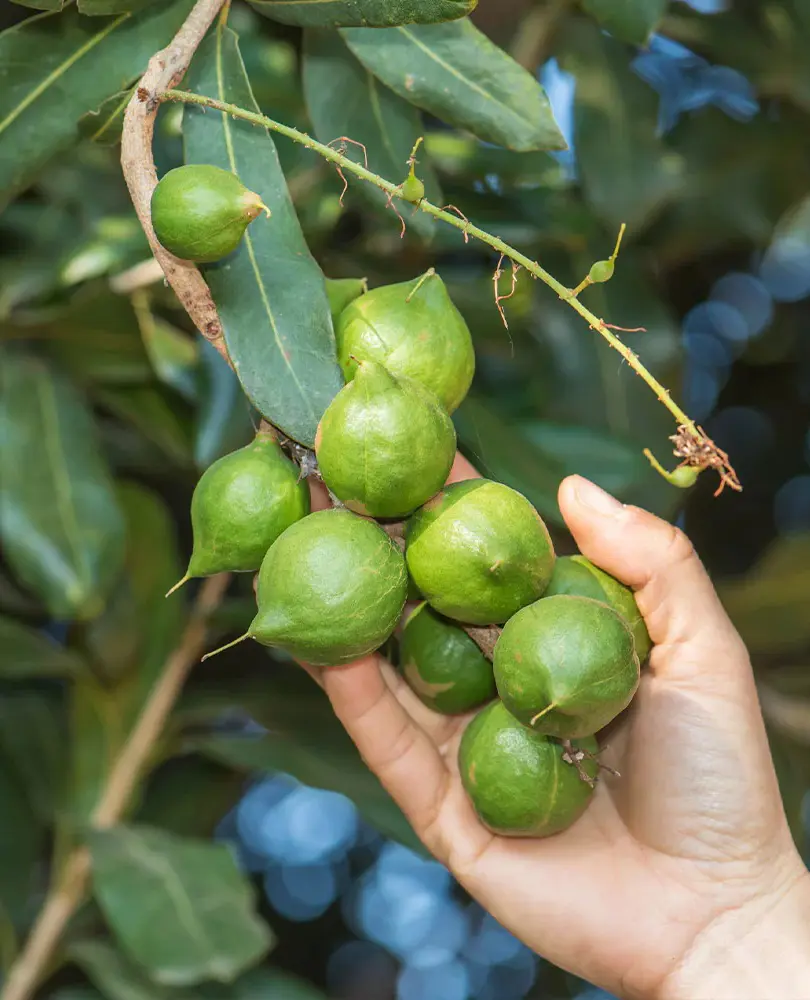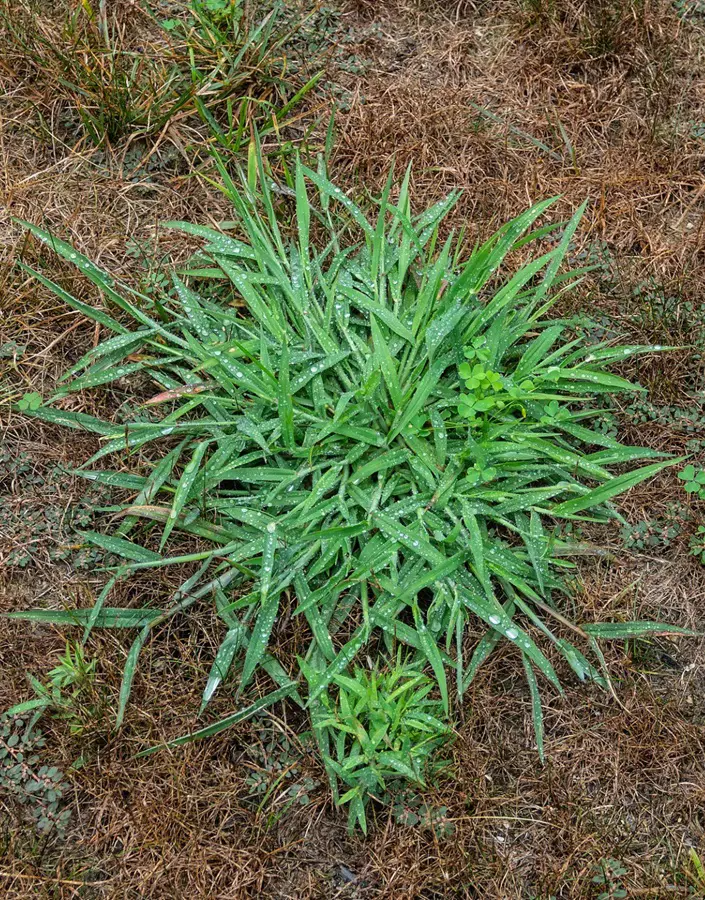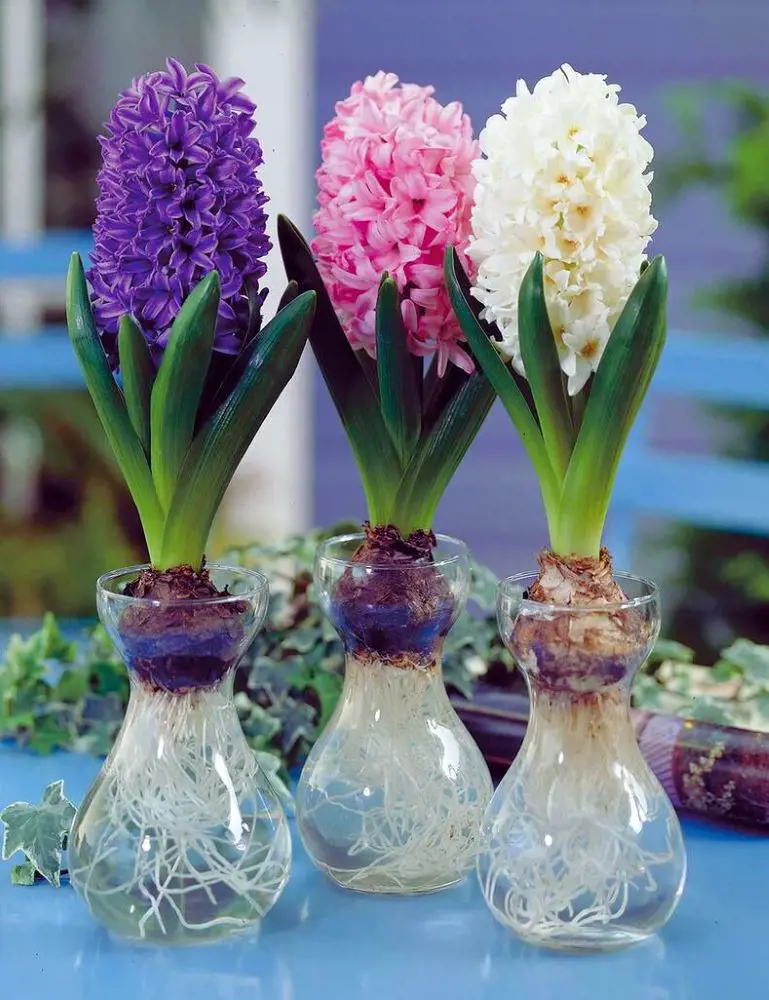
Hyacinths, with their vibrant bell-shaped blooms and intoxicating perfume, are a beloved addition to any garden. But these early spring charmers require particular care to flourish.
Whether you're a seasoned gardener or a curious beginner, understanding their needs is key to unlocking their full potential. Delve into this guide and discover the secrets to cultivating healthy, happy hyacinths that will reward you with a burst of color and fragrance each season.
Hyacinth Plant Indoor Care
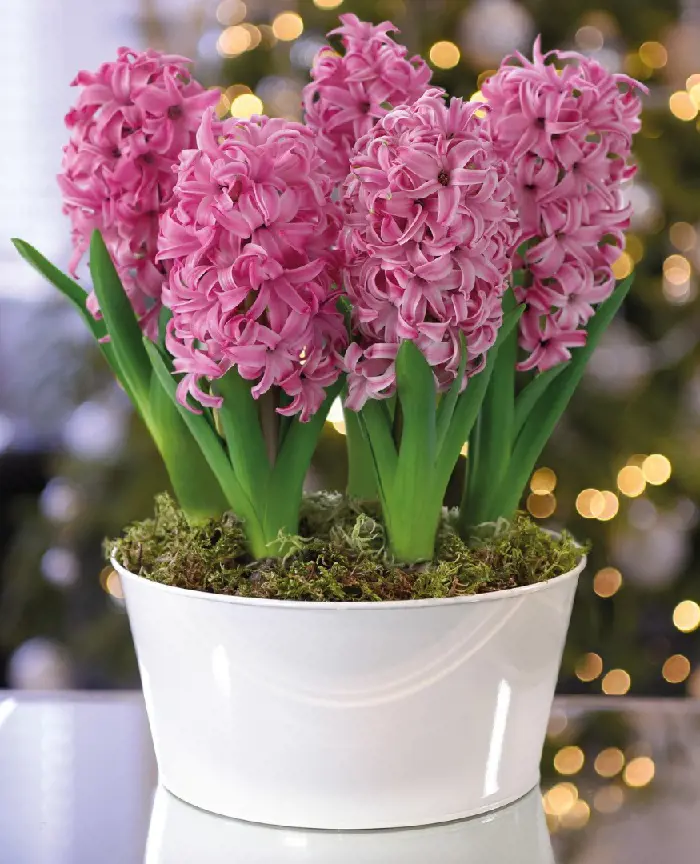
Bring fragrant beauty to your home with hyacinths! But these spring stars have specific needs.
- Planting: Ensure well-draining soil for hyacinth bulbs, promoting healthy growth.
- Sunlight: Provide ample sunlight to support optimal development and vibrant blooms.
- Watering: Moderate watering, allowing the soil to dry between waterings to prevent rot.
- Fertilization: Apply a balanced fertilizer during the growing season to enhance flowering.
- Deadheading: Remove faded blooms to encourage new growth and maintain aesthetic appeal.
- Wind Protection: Shield hyacinths from harsh winds to prevent damage to delicate blooms.
Consistent care yields rewarding results, with hyacinths displaying a burst of color and fragrance during the springtime.
Sunlight Needed For Hyacinth
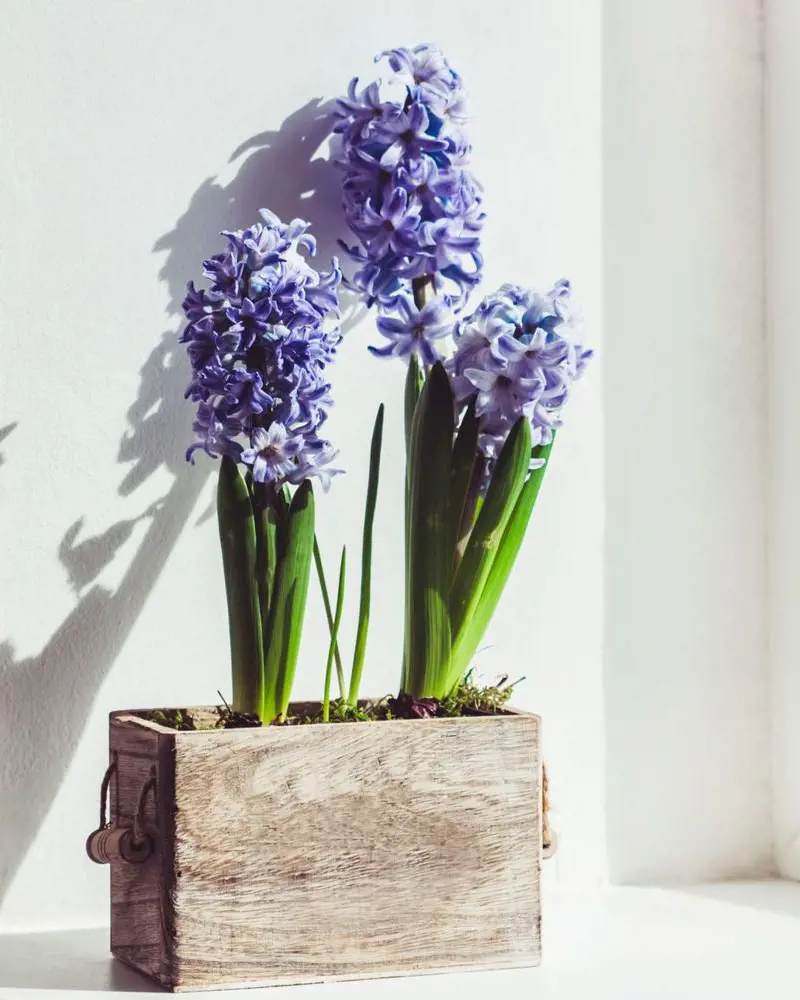
Hyacinth plants thrive in full sunlight, requiring a minimum of 6 to 8 hours of direct sunlight daily for proper growth and blooming. Adequate sunlight is crucial for photosynthesis, the process through which plants convert sunlight into energy.
Placing hyacinths in a sunny location ensures robust stems, vibrant blooms, and a compact, healthy appearance. Insufficient sunlight could lead to leggy growth, weakened stems, and fewer flowers.
While they can tolerate partial shade, providing sufficient sunlight remains key for the proper care of hyacinth plants, allowing them to exhibit their full splendor and perfume gardens with their delightful fragrance.
Temperature and Humidity

To ensure the optimal growth and well-being of hyacinth plants, maintaining specific temperature and humidity levels is crucial.
Hyacinths thrive in cool temperatures between 50 to 60°F (10 to 15°C) during their growing season. Likewise, they can endure slightly warmer conditions once established.
Adequate humidity is equally vital, with a preference for moderate to high levels. You should aim for humidity around 40-60% to mimic the plant's natural habitat. To enhance humidity, occasional misting or placing a tray of water near the plants can be beneficial.
By providing the right temperature and humidity, you create an environment conducive to the flourishing beauty of hyacinth blooms.
Potting and Repotting
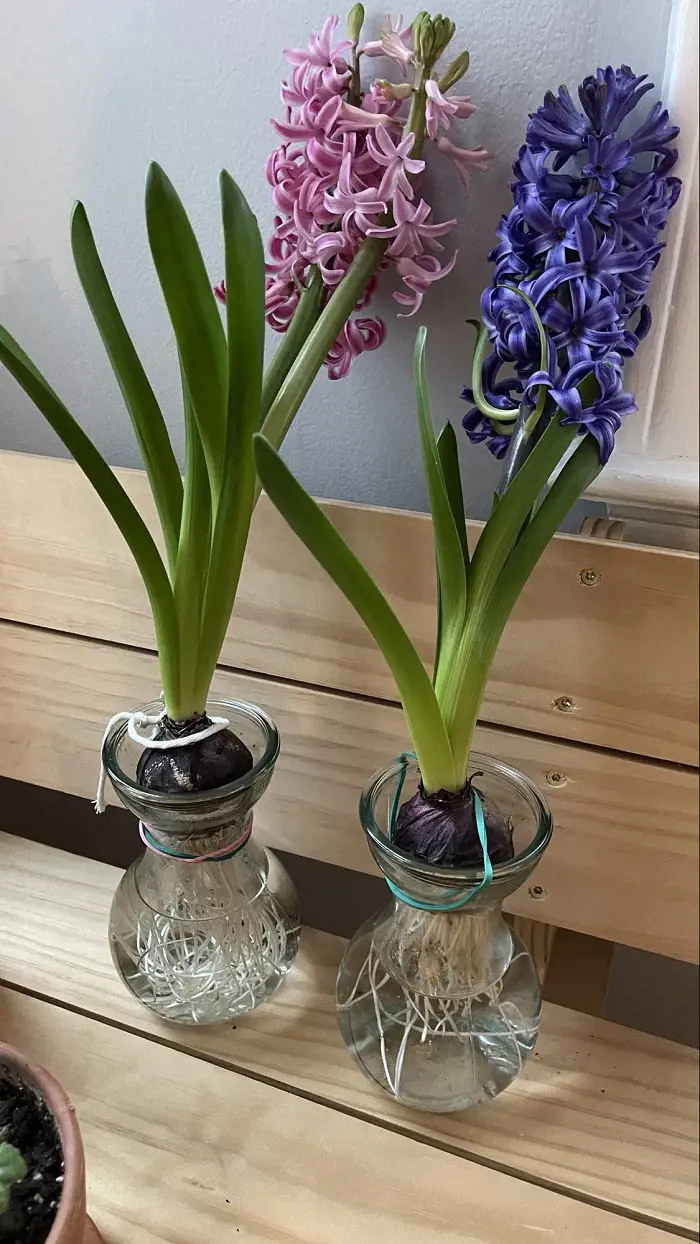
Ensuring the thriving health of Hyacinth plants involves careful potting and timely repotting. Start with a well-draining potting mix, allowing excess water to escape and preventing root rot. Oot for a pot with drainage holes to further facilitate water drainage.
When potting, position the bulb with its pointed end upward, burying it at a depth twice its size. Post-blooming, consider repotting every 2-3 years, refreshing the soil, and offering ample space for bulb expansion.
Gently remove the bulb, trim dead roots, and place it in a larger pot with fresh soil. These methods promote optimal growth, ensuring your Hyacinths flourish year after year.
Select A Well-Drained Soil

Selecting the right soil is crucial for the optimal growth of Hyacinth plants. These vibrant bloomers thrive in well-draining soil with a slightly acidic to neutral pH range of 6.0 to 7.0.
A loamy soil, enriched with organic matter like compost, ensures proper aeration and nutrient retention. Hyacinths prefer soil that is moist but not waterlogged, preventing root rot.
Sufficient drainage prevents water stagnation, promoting healthy root development. Moreover, incorporating perlite or sand can enhance soil structure.
Every Hyacinth lover should regularly monitor the moisture levels and ensure proper drainage contributes to a conducive soil environment, establishing robust growth, and abundant blossoms.
Watering Techniques
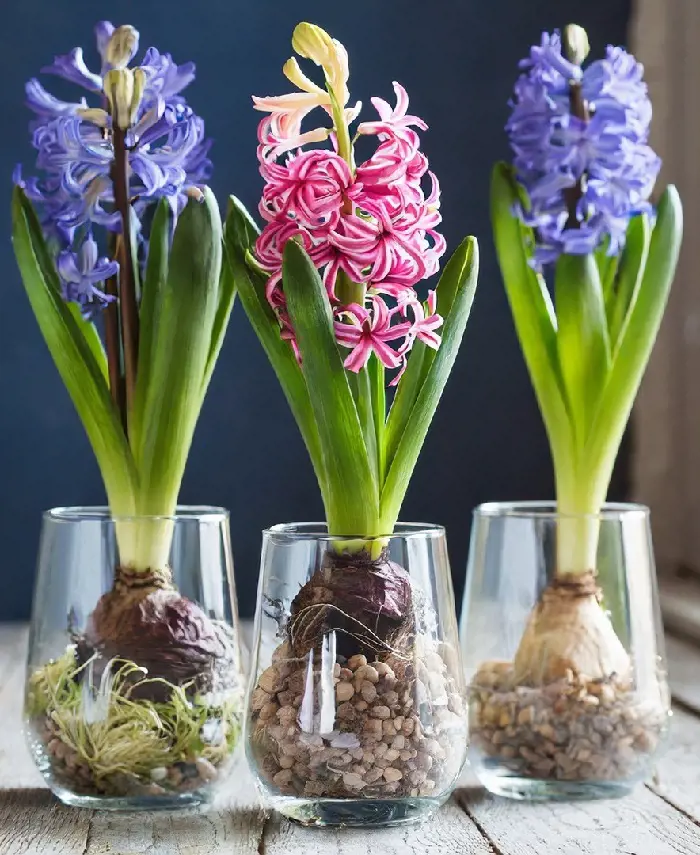
Achieving optimal growth for hyacinth plants requires thoughtful watering techniques. Consistency is always key; offer deep watering once a week, ensuring the soil is moist but not waterlogged.
You should aim for the root zone, avoiding wetting the foliage to prevent fungal issues. Hyacinths appreciate well-draining soil, preventing water stagnation.
During active growth periods, increase watering frequency, but allow the topsoil to dry between sessions. Mulching helps retain moisture and regulates soil temperature. Adjust watering based on seasonal changes, decreasing winter dormancy.
By following these watering practices, you'll promote a healthy hyacinth, ensuring vibrant blooms and overall plant vitality.
Pruning For A Better Health

Pruning is an essential practice for maintaining the health and beauty of Hyacinth plants. To ensure proper care, it's crucial to remove spent flowers promptly, preventing energy depletion in seed production.
Trim damaged or yellowing leaves at the base to encourage fresh growth and maintain the plant's aesthetic appeal. Moreover, cutting back the flower stalks after blooming redirects energy back into the bulb for the next season. Be cautious not to damage the emerging foliage during pruning.
Regularly inspect and remove any diseased or dead parts to prevent the spread of infections. Thoughtful pruning fosters robust, flourishing Hyacinth plants, which will enhance their longevity and vitality.
Planting Tips

Achieving the vibrant allure of Hyacinth plants requires strategic planting. Begin by selecting a well-draining soil enriched with organic matter.
Plant bulbs in the fall, ensuring they are spaced appropriately to allow for optimal growth. Choose a location with partial to full sunlight for these sun-loving beauties.
Dig holes at least twice the depth of the bulb and position them with the pointed end up. Water generously after planting to settle the soil and promote root development.
Mulch the area to insulate against extreme temperatures. As winter approaches, cover the planted area with a layer of protective mulch. With these planting tips, enjoy a splendid display of Hyacinth blooms come spring.
Well Drained Container
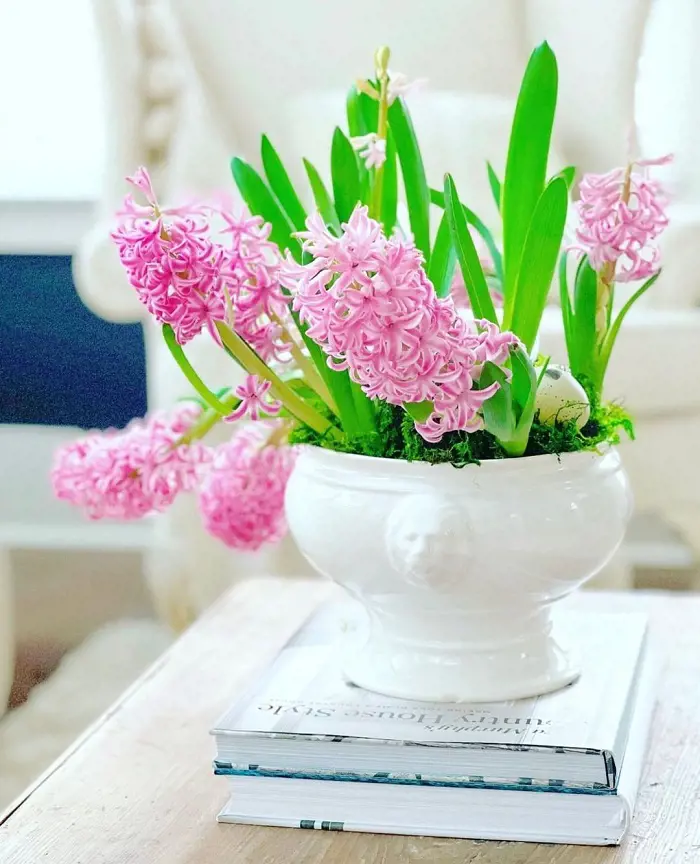
To conduct proper care of a Hyacinth plant, a well-drained container is imperative. Hyacinths despise waterlogged soil, making a container with proper drainage crucial for their health.
- You should select a pot with drainage holes at the base to facilitate the swift elimination of excess water, preventing root rot and other moisture-related issues.
- Use a high-quality, well-aerated potting mix that promotes drainage while retaining essential nutrients.
This setup mimics the well-drained conditions Hyacinths thrive naturally. Note that a well-drained container not only safeguards the plant from potential harm but also promotes good growth and the magnificent blossoming of these fragrant and colorful flowers.
Leaf Care Tips

Your hyacinth's vibrant blooms may steal the show, but healthy leaves are the key to their success. Here's how to nurture those leafy greens:
- Start by regularly inspecting leaves for discoloration or pests, and promptly addressing any issues.
- Gently wipe the leaves with a damp cloth to remove dust and increase their ability to absorb sunlight.
- Adequate sunlight is critical, so place the Hyacinth in a well-lit area without exposing it to direct harsh sunlight.
- Water the plant consistently, keeping the soil moist but not waterlogged.
- Prune yellowing or damaged leaves to encourage new growth.
- Fertilize during the growing season, following guidelines for bulb plants. These leaf care practices culminate in a healthy, vibrant Hyacinth display.
Pest And Disease Control

Maintaining the health of your Hyacinth plants involves vigilant pest and disease control. Fear not! Here's a quick guide to keeping your hyacinths healthy:
- Aphids: These tiny green bugs suck sap, causing stunted growth and distorted leaves. Blast them off with a strong water jet or use insecticidal soap.
- Slugs & Snails: These munch on leaves and flowers. Protect your plants with barriers like beer traps.
- Botrytis: This fungal disease causes bud rot and brown, fuzzy growth. Improve air circulation and avoid overhead watering. In severe cases, use a fungicide.
- Yellows: This virus causes yellow streaking on leaves and stunted blooms. Remove infected plants and avoid planting new ones nearby.
How To Grow Hyacinth Plant Indoors?

Growing Hyacinth plants indoors is a rewarding experience for any plant enthusiast, bringing bursts of color and fragrance to your living space.
- Begin by selecting healthy bulbs in autumn, ensuring they are firm and disease-free.
- Plant them in well-draining soil, leaving the top third of the bulb exposed.
- Place the pots in a cool, dark location for 8-10 weeks, allowing the bulbs to develop roots.
- Once shoots emerge, relocate them to a well-lit area, ensuring they receive indirect sunlight.
- Water sparingly to prevent waterlogged soil. When the Hyacinths bloom, relish the delightful scent.
Fertilizers To Apply

Ensuring the flourishing beauty of Hyacinth plants involves strategic fertilization. Optimal growth and vibrant blooms are achieved with a balanced fertilizer, like a 5-10-10 mix of nitrogen, phosphorus, and potassium.
Early spring application, just as shoots emerge, provides essential nutrients for robust development. A slow-release granular fertilizer promotes sustained nourishment throughout the growing season, while a liquid fertilizer could be applied every 2-3 weeks during active growth.
Incorporating well-rotted compost into the soil enhances fertility and moisture retention. Mindful fertilization practices, tailored to the specific needs of Hyacinths, secure an elegant display of fragrant, colorful blossoms in your garden.
Application Techniques
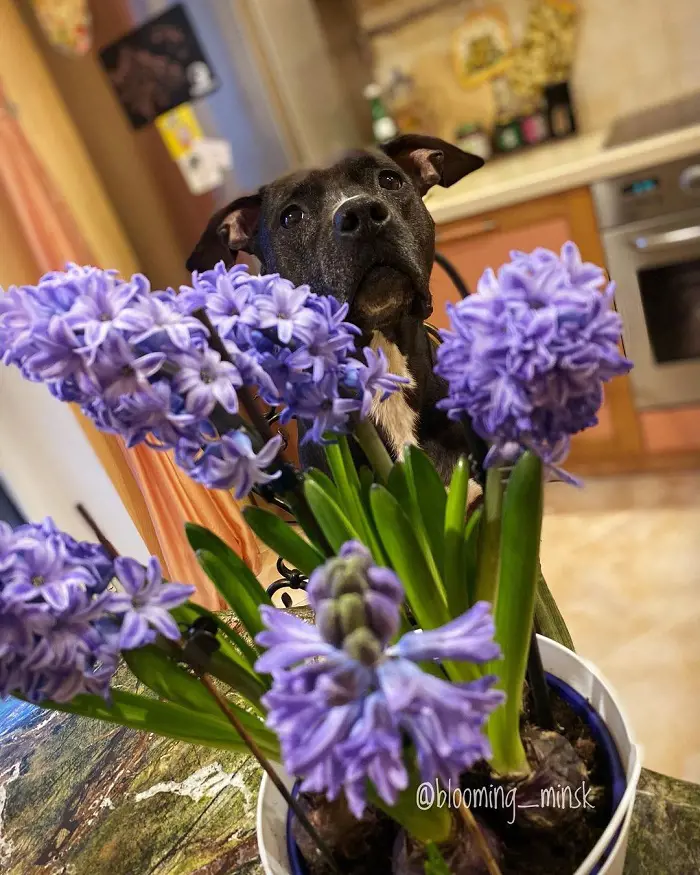
Optimal fertilizer application is critical for nurturing healthy Hyacinth plants. You should start in early spring, as new growth emerges.
- Utilize a balanced, water-soluble fertilizer with equal parts nitrogen, phosphorus, and potassium.
- Apply the fertilizer around the base, avoiding direct contact with the plant.
- Now, you should water thoroughly after application to ensure nutrient absorption.
- Repeat this every 4-6 weeks during the growing season. Adjust the dosage based on soil quality and specific fertilizer instructions.
- For potted Hyacinths, you should opt for a slow-release granular fertilizer, mixing it into the topsoil during potting.
- Regularly monitor the plant's response and adjust the fertilizer accordingly, fostering proper growth and vibrant blooms.
Methods to Propagate Hyacinth
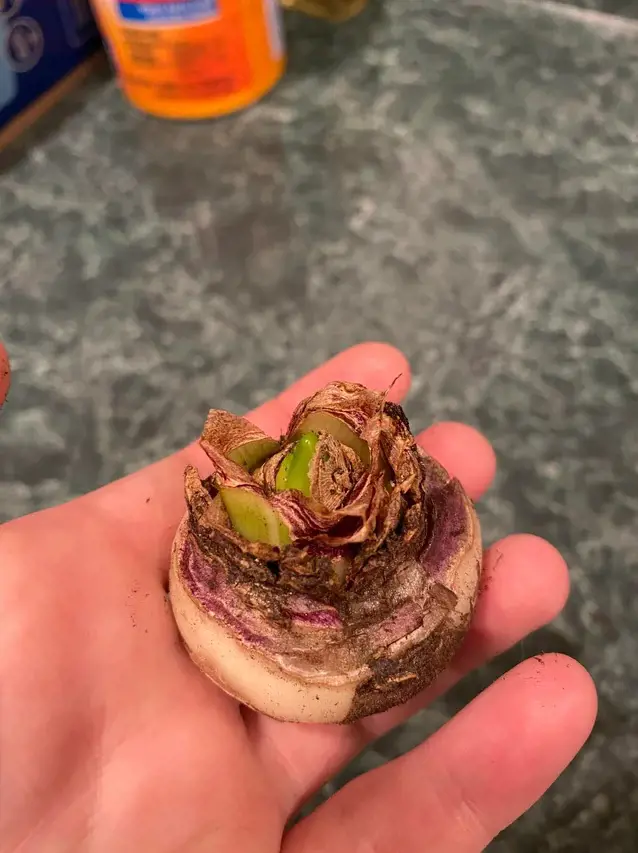
Hyacinths, with their vibrant blooms and intoxicating fragrance, are beloved spring additions. But did you know you can create more fragrant magic by propagating them? Here are two popular methods:
- Bulb Division: After flowering, dig up mature bulbs. Look for smaller "offsets" clinging to the main bulb. Gently detach these, each with a part of the base. Replant immediately at the original depth, and enjoy these newcomers in 2-3 years!
- Leaf Cuttings: This method demands patience. During active growth, take healthy leaves and cut them just below a node. Dip the base in rooting hormone and plant in a soil mix. With luck, tiny bulbs and roots will form at the base, taking several months to mature.
Can We Grow Hyacinths Without Soil?
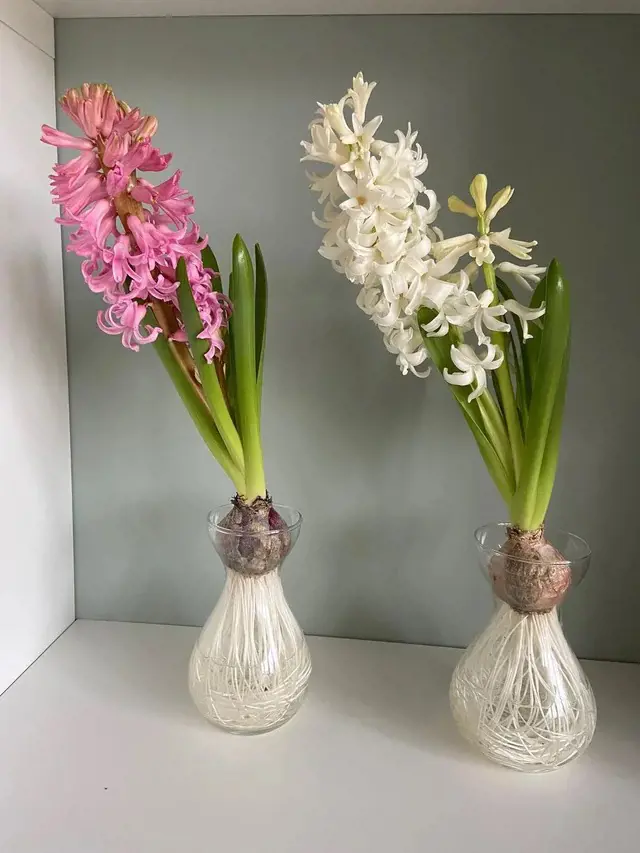
Absolutely! Growing hyacinth plants without soil is entirely possible through a hydroponic or bulb-forcing method. Hydroponics involves cultivating hyacinths in nutrient-rich water, providing essential elements directly to the plant roots.
This method secures proper growth, often yielding faster and more robust results.
Alternatively, there is bulb-forcing that involves placing hyacinth bulbs in a specialized container with water, allowing roots to develop while the bulb sits above the waterline.
This method mimics the natural process of growth without traditional soil. Both techniques display the adaptability of hyacinths, offering enthusiasts alternative and intriguing ways to cultivate these fragrant blooms in unique environments.




